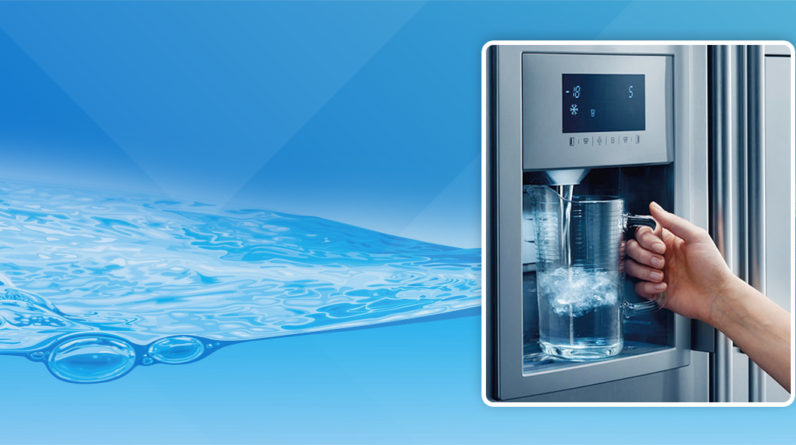
Water filtration systems are a practical solution for the elimination of chlorine, fluoride, parasites, or bacteria in household tap water. Clean, healthy water may significantly minimize the risk of gastrointestinal diseases, as well as other forms of cancer, like bladder, colon, and rectal. Instant exposure to drinking water often implies fewer visits to the supermarket to buy bottled water, which is undoubtedly very difficult and costly over the long term.
Below are the four types of water filtration systems:
Pitcher water filters
The pitcher water filters are a common and cost-effective option. The filtration cycle takes place in the pitcher and depends on granulated activated carbon to remove certain pollutants. This pitcher is most realistic in strong chlorine areas. It can help to enhance the flavor of water, but it is not the best option to eliminate chlorine, heavy metals, herbicides, or pesticides.
Distillation
The purified water systems depend on the method of boiling the water and moving the steam to the second container, which enables the vapor to return to practically contaminant-free water. It is a very active mechanism, and is very effective in removing fluoride and heavy metals from tap water. It can destroy bacteria in the water as well. In addition to toxic chemicals, this system may also extract beneficial minerals from the water. But, it’s not the simplest system to build at home and it typically needs qualified assistance.
Water softeners
The water softener is a helpful improvement to the home for those residing in places with water hardness problems. This method uses potassium or sodium ions to remove the magnesium and calcium ions that create toughness that is already present in the water.
Reverse osmosis
Reverse osmosis systems are one of the most popular options for home installation. The key discrepancy between the two versions is the number of measures required in the purification of water. The high-end device is built to complete 5 to 6 separate phases that can involve carbon filters, micron filters, semi-permeable membranes and even ultraviolet light to kill the most aggressive bacteria.
When mounted, reverse osmosis devices are very simple to use and have a special socket in the kitchen sink to remove clean water. The running costs are quite affordable, with the need to replace the filter every 6 to 12 months.
